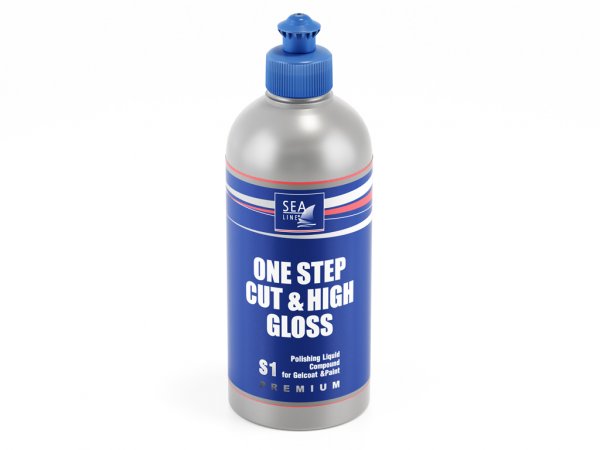
NO SILICONE
TEXTURE :
PACKAGING:
APPLICATION METHODS:
Sea-Line® S1 PREMIUM guarantees obtaining a very high gloss on the surface in one-step polishing process.
S1 Premium Compound is designed for surfaces difficult to polish, such as varnishes (also polyurethane ones) plexi or polycarbonates and laminates. At the same time the used polishing grain gives a very high gloss and efficiently removes defects and grinding scratches after using sandpaper of gradation from P800. (in case of dark colours after using sandpaper of gradation <P1200).
The compound is provided in the form of liquid, it allows for a precise dosing of appropriate amount, depending on the type of the surface that is being polished.
| Surface | gelcoat, polyurethane paints and varnishes, plexi, polycarbonate | |||
| Function | removing defects from the surface gloss restoring | |||
| Consistency | liquid – creame paste | |||
| surface preparation * | mechanical grinding | manual grinding | ||
| light color | dark color | light color | dark color | |
| gelcoat | P800 ⇒ | P1200 ⇒ | P1200 ⇒ | P1500 ⇒ |
| polyurethane paint | P800 ⇒ | P1200 ⇒ | P1200 ⇒ | P1500 ⇒ |
| plexi, polycarbonate | P1500 ⇒ | P1500 ⇒ | P2000 ⇒ | P2000 ⇒ |
| high hardness surfaces | P1200 ⇒ | P1500 ⇒ | P1500 ⇒ | P2000 ⇒ |
* grinding paper minimal gradation
Surface preparation :
Clean the surface destined for polishing. If removing defects is necessary, polish the surface with sandpaper of the following gradation preliminary polishing: <P500
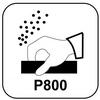 Polish the surface with sandpaper of final gradation : P800 →.
Polish the surface with sandpaper of final gradation : P800 →.
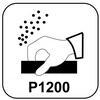 Dark colours or hard surfaces polish the surface with sandpaper of final gradation : P1200 →.
Dark colours or hard surfaces polish the surface with sandpaper of final gradation : P1200 →.
More applicators Sea-Line® / BRAYT
(code: 300006613)
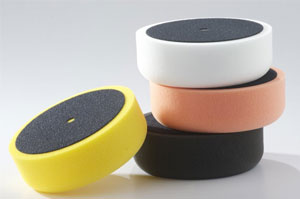 Polishing sponge whit velcro :
Polishing sponge whit velcro :
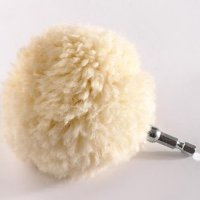 Polishing wool BALL (80mm) Sea-Line :
Polishing wool BALL (80mm) Sea-Line :
(Kod : 300006619)
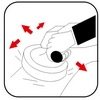 Clean the surface, apply the compound onto an element or head (wool or tough sponge)
Clean the surface, apply the compound onto an element or head (wool or tough sponge)
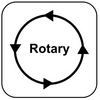 Apply the compound at minimum rotations on the whole surface that is being polished (800-1000 rotations/min) polishing until it changes colour and the compound changes its texture
Apply the compound at minimum rotations on the whole surface that is being polished (800-1000 rotations/min) polishing until it changes colour and the compound changes its texture
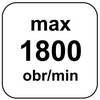 Slowly increase the speed max. to 1800 RPM working with a little pressure
Slowly increase the speed max. to 1800 RPM working with a little pressure
Further steps :
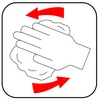 Clean the surface. In order to protect the surface, it is recommended to use:
Clean the surface. In order to protect the surface, it is recommended to use:
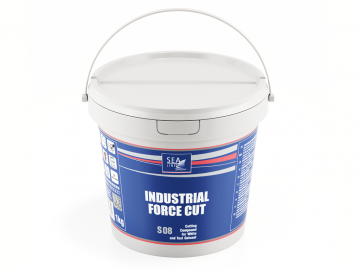
Primarily designed for the companies which produce goods or forms made of gelcoat or an industrial topcoat with a high […]
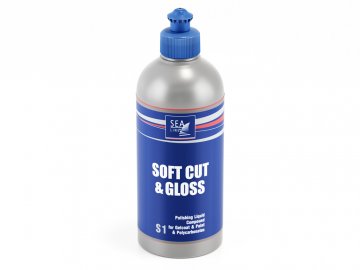
Sea-Line® S1 Marine est un agent de polissage très efficace qui ne contient pas de silicone. CUT LEVEL = 6 […]
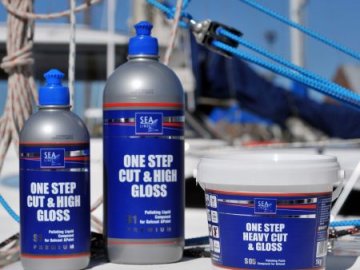
Désolé, cet article est seulement disponible en Polonais.
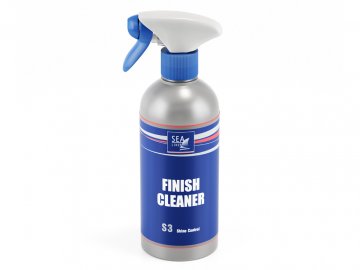
S3 FINISH CLEANER – SHINE CONTROL is a product for all types of paints,varnishes – including HS, 2K, nitro, synthetic […]
We do not recommend degreasing the surface with acetone, because acetone evaporates very quickly, which affects the quality of cleaning the painted surface.

Le produit destiné au remplissage des lacunes et à la liquidation des inégalités résultant des dommages ou des inégalités qui […]

La protection de la surface du bateau contre l’influence destructrice de l’osmose et de la corrosion dans des conditions difficiles

La protection contre l’eau et contre l’influence néfaste des rayons UV

La protection du fond du bateau contre l’encrassement par les algues et contre les coquillages. La protection contre l’eau

Une élimination efficace des fissures, le rafraîchissement de la couleur et du brillant du gel coat ou du vernis

Préparations spéciales pour le nettoyage et la remise en vigueur

Laminage, collage et de remplissage des fissures dans gelcoat

Beaucoup de produits utiles pour les travaux de construction d’un bateau